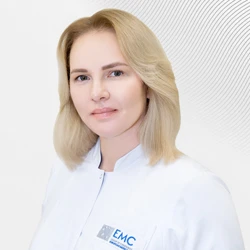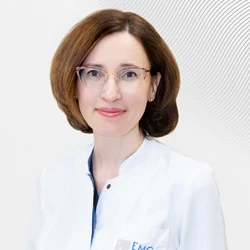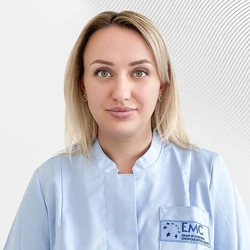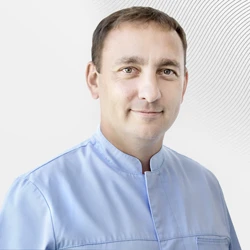Tells Irakli Yakobashvili,
otorhinolaryngologist, PhD
Removal of adenoids is the most common surgical procedure performed in childhood. In 2006, this operation was performed on more than 700,000 children in the United States alone. How likely is a recurrence of the disease and the need for repeated intervention, and how can this be avoided?
First of all, we note that with adenoids, surgery can be indicated in the presence of such persistent symptoms as:
-
insufficient nasal breathing;
-
snoring and constant mouth breathing;
and also when:
-
for chronic and recurrent otitis media;
-
for chronic and recurrent sinusitis;
In an effort to minimize the risk of recurrence, especially in the presence of snoring and nasal breathing difficulties, The American Society of Otolaryngology (The Triological Society - Best Practice) developed and published additional recommendations on surgical treatment of adenoids in 2014.
It is known that difficulty breathing in a child can occur not only due to an increase in the volume of adenoids in the nasopharynx, but also as a result of an increase in the palatine tonsils. The authors of the mentioned publication wondered how justified it is to remove only the adenoids, leaving the palatine tonsils unattended? How often does the child's respiratory symptoms return and have to undergo repeated intervention? And finally, how justified is performing a double intervention?
A large-scale retrospective study involving 2,462 children provided some answers:
-
if a child has adenoid disease manifested mainly by impaired nasal breathing, snoring, and relatively permanent oral breathing, the risk of needing repeated intervention increases almost twofold (x1,9);
-
girls are more likely to have a repeat operation than boys;
-
children operated on at the age of 2 years (± 3 months) required repeated surgery on the palatine tonsils over the next 5 years in 28.7% of cases;
-
if the adenoids were removed between the ages of 2 and 4, tonsillar surgery was required in 14.8% of cases;
-
during the first surgery after 5 years, only 6% of children needed a repeat operation;
-
it is particularly noted that the risk of recurrence is significantly affected by the degree of hypertrophy of the palatine tonsils at the time of adenoid removal, and even the average degree of hypertrophy increases the risk by almost three times;
According to the authors, if the child is a girl, less than or about 3 years old, and the main symptom is difficulty breathing, it is worth seriously considering simultaneous surgery on the palatine tonsils.
Based on our experience, adenoid removal is a highly effective treatment method that allows for normal breathing, prevents the development of chronic diseases of the paranasal sinuses, and in many cases preserves normal hearing in children. And performing simultaneous surgery on the palatine tonsils, being safe and slightly prolonging the time of surgical intervention, significantly reduces the likelihood of recurrence of the disease and, consequently, repeated surgery.
If your child is concerned about one or more of the above symptoms, or you have doubts about the presence of adenoids in your child or doubts about the choice of treatment method, contact the Children's Clinic of the European Medical Center. Our doctors, based on extensive experience in the treatment of nasopharyngeal diseases in children and international treatment standards, will recommend the optimal treatment method.
Author: Irakli Yakobashvili, otorhinolaryngologist, PhD
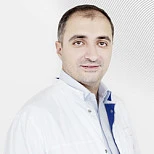







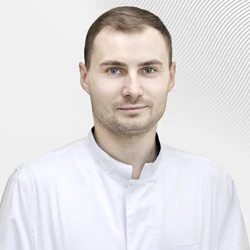
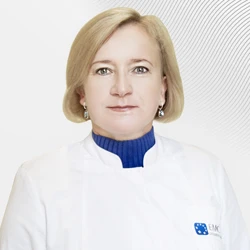
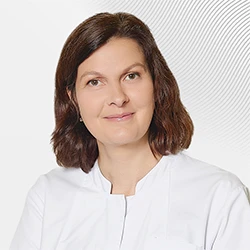

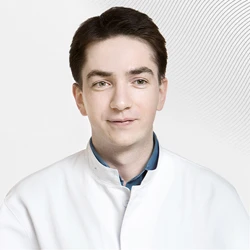
.webp)
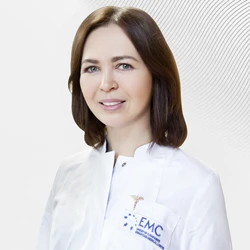
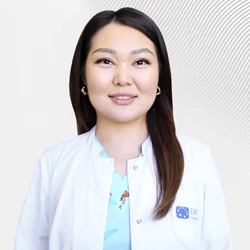
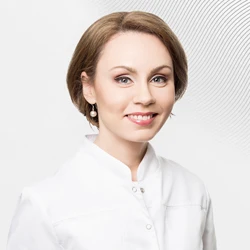

.webp)
